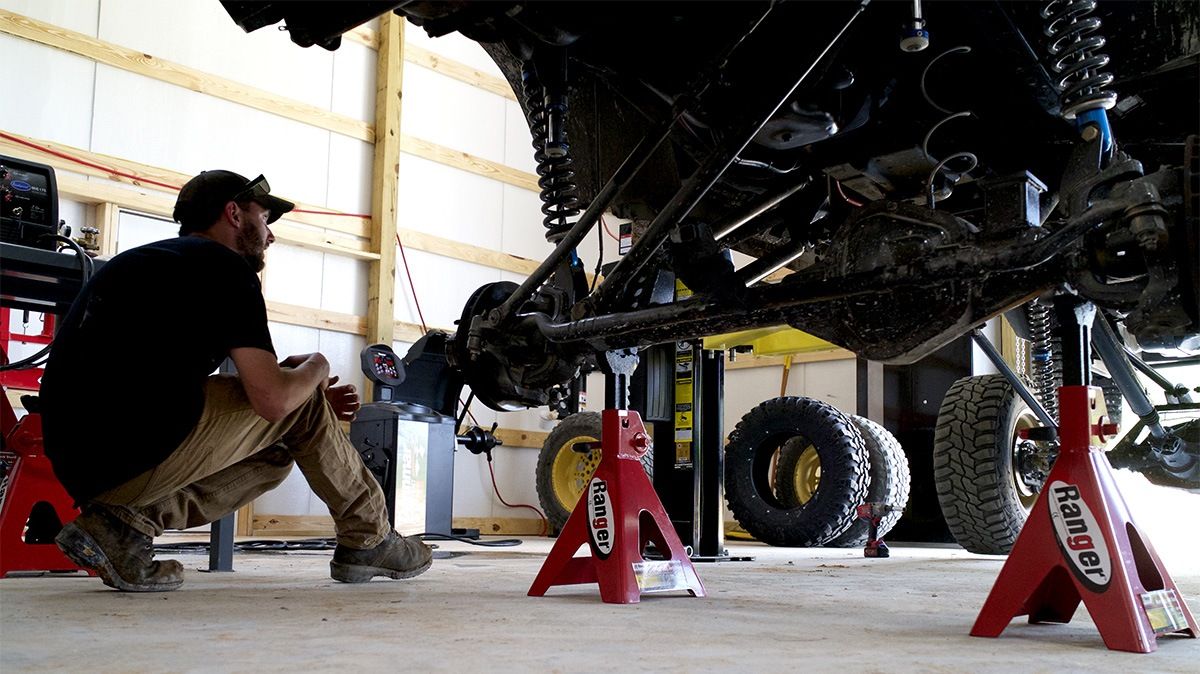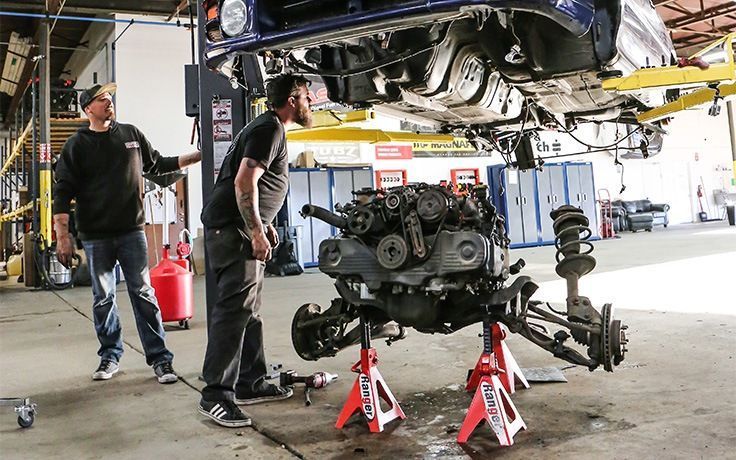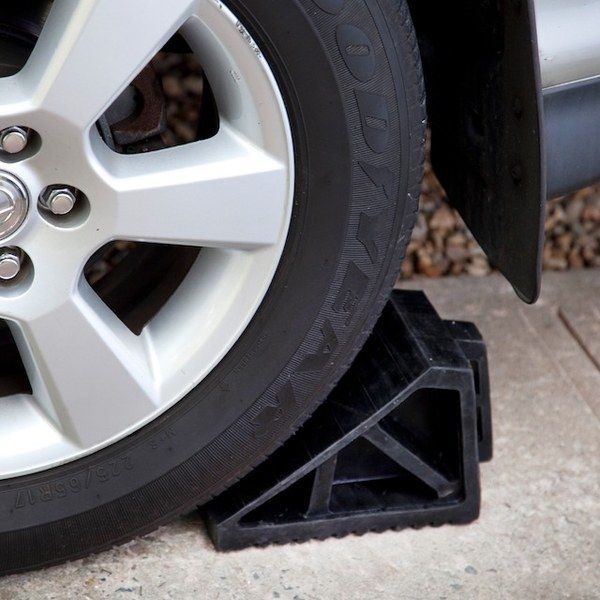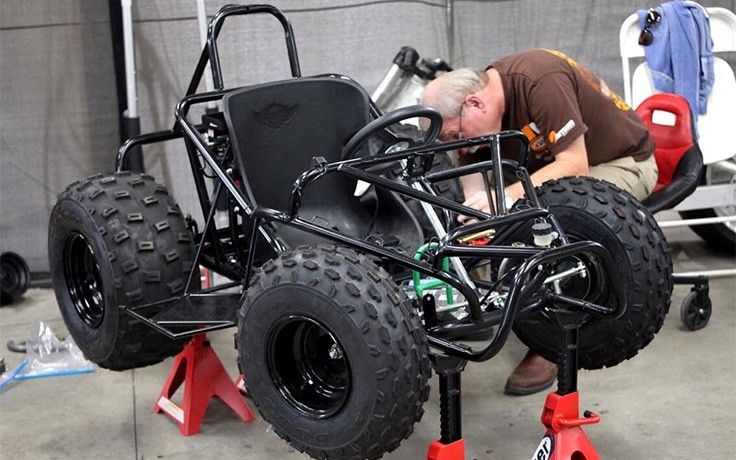The Definitive Guide: How to Safely Use Jack Stands
Any time you lift a vehicle—any time you lift a vehicle off the ground—there must be safety equipment in place that properly rated for the weight of the vehicle. For many wrenchers, two-post lifts and portable car lifts aren't yet in the picture, so jack stands are required for safe lifting. While stands are more of a pain to set up and use than hydraulic lifts, they're safe when used correctly. Still, we put together a definitive guide to safely using jack stands. Follow these steps, and you're going to be placing jack stands for many trouble-free years to come.

1. Phone a friend
While not required, we highly recommend doing auto work with someone else whenever possible. Even if it's just your son/daughter or friend with little automotive experience, it always helps to have an extra pair of eyes or hands. They might even catch something you missed! If nothing else, have them hand you tools. If you have those nifty color-coded tools, it'll help the uninitiated to quickly find exactly what you need!

2. Find a level surface
Always use your floor jack and stands on a flat surface. If there's more than a slight, barely noticeable slope, one half of the vehicle could roll or shift out of place when the tires lift off the ground. If your vehicle's transmission is automatic, put the car in park. If it's a manual transmission, put it in first gear. In both cases, pull the parking brake to ensure your vehicle remains still at all times.
3. Place wheel chocks
Wheel chocks are your last line of defense in the event one end of your vehicle rolls forward or back. Even a small roll could shift the underside of your vehicle off the floor jack or jack stand, and that can have serious, even deadly, repercussions. So, let's try to avoid that, shall we?

4. Set floor jack at OEM jacking points and lift vehicle
Steps 1 – 3 were all about safety, and there's still one more thing to do before lifting your car and safely using jack stands. Check the vehicle's manual to obtain the proper jacking points, and lift from those points and those points only. The floor jack you use should be properly rated for the weight of the vehicle; it should also be high-quality and come from a reputable company. When jacking up the vehicle, cover as much of the jack point's center as possible, but leave enough room for the jack stand.
5. Place your jack stand
Jack stands must be placed directly under the lifting point. There should be enough room at every jack point to accommodate the stand's grip. When releasing hydraulic pressure from the floor jack, a properly rated jack stand will hold the weight of the car as long as the stand is flat. Problems occur if the jack is tilted or the vehicle weight doesn't come down flush on top of the stand. Only fully lower the hydraulic jack after confirming that the car is tightly pressed against the stand. The stand should not jiggle.

6. Move front to back (or back to front)
If you plan on lifting all four wheels, finish the half of the car that you start on: front or back. Once half of your vehicle is in the air, you don't need to worry about wheel chocks. Simply perform steps 4 & 5 for the remaining wheels.
7. Stability check
Give your car a few light shoves to verify that the stands are all in place. Ensure the vehicle is level, with all stands are raised to the same height. If everything checks out, your vehicle should be safe to leave on stands indefinitely under normal conditions. Congratulations! You're free to get to work.
8. Raise and lower
The last thing you're going to do, of course, is lower the vehicle. To do this, roll the floor jack under a jacking point, raise the vehicle just above the stand, and remove the stand. Lower the vehicle as slowly as you can. The shocks will easily absorb the descent, even if it seems swift. Once half the vehicle is lowered, remember to place wheels chocks at both sides of the tires, just as you did when lifting the car. You can even do this when the first tire touches down, if you want to be extremely cautious. Repeat these steps for all OEM lift points, and give yourself a nice pat on the back. You're now a vehicle lifting pro.







